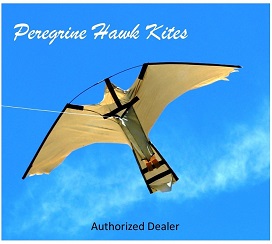Come late summer, many vineyards and berry fields throughout the province are swathed in miles of gauzy white netting. As a physical barrier, drape nets are effective tools in the battle against bird pests. It excludes all bird species and does not have the risk of acclimation, like behaviour-based deterrents.
Drape netting is not without issues, however. It is unwieldy, requiring hundreds of metres of fabric per acre and can get rips and tears from sticks and vine tendrils. It takes up large amounts of storage space and requires lots of labour to install and remove every year. The biggest concern with drape netting, however, is not its cumbersome nature but the overall manner in which it is laid out.
As each row must be covered from top to bottom to prevent bird access, excess netting is often left to pool on the ground in the middle and at the end of rows. This loose fabric creates a high risk for wildlife bycatch, and while many people may not be bothered by the demise of a starling, there are many helpful or benign species who may also get caught, some of which can pose serious safety risks.
Loose pools of netting can trap snakes, even rattlesnakes, who attempt to slide through the nets as they would a patch of grass. If they get tangled, they are unable to extract themselves as their scales catch the net and prevent them from moving backwards. This creates a dangerous situation for the next person who comes across it, as there is now a highly agitated and pained snake present on the farm who will attempt to bite anyone who tries to help. Snake extractions requires professional assistance, as even bites from non-venomous snakes such as gopher snakes (sometimes called bull snakes) can pack a painful punch. Killing the snake also does not fix the problem, as snakes can reflexively bite·-potentially inject venom-for hours after death. In any case, purposefully killing snakes not only removes free pest control, but is also illegal under the BC Wildlife Act and comes with a steep financial penalty.
For any farm practicing Integrated Pest Management and adopting biological control, loose drape netting can also pose a risk to beneficial insect-eating songbirds and birds of prey present in the vineyard.
Songbirds like bluebirds, chickadees or swallows, can get caught and injured in the netting, or get snapped up by a predator while struggling to disentangle themselves. A struggle in a net is easily noticed by aerial predators such as kestrels and sharp-shinned hawks, which then creates the risk of these larger beneficials getting caught while diving for their dinner. The razor-sharp talons and beaks of these birds are a huge risk to anyone trying to untangle them, and the netting can injure the larger birds as well.
Attributed to Valerie Maida of Okanagan Similkameen Stewardship This email address is being protected from spambots. You need JavaScript enabled to view it.
